Effective waste management is a critical challenge in many developing countries, including India. It requires not only infrastructure and technology, but also a change in mindsets and behaviour. A recent initiative in Vadnagar, Gujarat, India, has shown promise in addressing this challenge through a collaborative effort between a private company, the government, and the local community.
This initiative, implemented by Ambuja Cements in partnership with the Lighthouse Initiative- a collaboration between the Ministry of Drinking Water and Sanitation and the private sector- focused on house-to-house waste collection, segregation, and plastic waste management. Notably, the project involved the creation of a Self-Help Group that played a key role in plastic waste collection. Vadnagar serves as the flagship village for this transformative endeavour, pioneering a model that can be replicated across other rural communities in India. Additionally, Ambuja Cements is also in charge of Jagtiya, one of the five Gram Panchayats in Gujarat.
Leading the Ambuja Cement Foundation's efforts on this project is Ms. Pearl Tiwari, CEO, Ambuja Cement Foundation, Head CSR - Ambuja Cements. In her exclusive interview with TheCSRUniverse, she sheds light on the project's execution, highlighting the importance of community engagement and capacity building in achieving success. She also discusses the challenges faced during implementation and offers valuable insights for scaling up similar initiatives across rural India. Additionally, she highlights collaboration with other organisations and government bodies to amplify the project's impact. Furthermore, Ms. Tiwari highlights the importance of incentivizing waste collection and securing government subsidies, reflecting a holistic community engagement strategy.
Read the full interview below to learn how collaborative efforts are shaping a cleaner, greener future for rural India.
Q&A
Q. What motivated Ambuja Cements to initiate the waste management project in Vadnagar village? How does this project tie into the broader objectives of the Lighthouse Initiative, and also align with your vision for sustainability?
A. The Government of India has been diligently working under the Swachh Bharat Mission (SBM) since 2014 aiming to create Open Defecation Free villages. In Phase II the focus shifted towards sustaining the ODF status of these villages. Ambuja Cements through its CSR arm Ambuja Foundation has been instrumental in supporting the government’s Swachh Bharat Mission and has in turn created 199 ODF villages within its own core communities this year.
When the Lighthouse Initiative (LHI) was inaugurated 2 years back by the Department of Drinking Water and Sanitation, Ministry of Jal Shakti and in collaboration with the India Sanitation Coalition (ISC) at FICCI, its objective was to develop 75 model ODF Plus blocks through a public private partnership. Under the ODF Plus initiative, blocks needed to ensure solid and liquid waste management initiatives were also introduced. FICCI ISC initiated the promotion of the LHI project among various corporate and government, eventually leading to Ambuja’s involvement.
Since Ambuja was already working in community health and sanitation, it was ideal to be approached as one of the private partners for this project. Phase 1 of the Light house initiative aimed to effectively implement solid and liquid waste management structures in these ODF plus blocks with corporates taking a participatory and consultative approach to mobilize communities. For the past 30 years we have been in the field mobilizing communities, forming groups and collaboratively working with various stakeholders ensuring sustainability of the projects. We were well-equipped for the task. Out of the five Gram Panchayats assigned for Gujarat, we were assigned two-gram panchayats: Vadnagar and Jagtiya.
These communities were known for their uncleanliness and poor sanitation which posed a significant health burden and Ambuja had begun to invest in health and sanitation under its CSR. As part of our environment and social vision, Ambuja ensures clean and disease-free environment not only within the communities but also from a business perspective. Our environmental agenda is to do as much as we can for the environment to reduce carbon footprint. Thus, we mobilized in forming the ragpickers Self-Help Group (SHG) to collect unrecyclable plastic waste and provide it to us at an incentive, using it as alternative fuel while simultaneously contributing to a less polluted environment.
Q. Can you elaborate on Ambuja Cements' role and responsibilities within the collaborative framework of the Lighthouse Initiative, highlighting your contributions to its overarching goals?
A. As a corporate we were tasked with acting as a catalyst providing technical and managerial support to the implementing agencies in the implementation of the SBM phase 2.0 and improve the Solid and Liquid Waste Management arrangements in the select blocks.
Ambuja Foundation acted as a mediator, assuming the following responsibilities:
- Facilitating in the linkage between SHG and panchayat by formalizing an MOU for plastic waste collection to avail the government incentive of Rs. 10 per Kg of plastic waste provided.
- Organizing initial meetings with the SBM district team, taluka and sarpanch on the plan of action to ensure success in creating ODF plus villages.
- Conducting discussions on the light house initiatives to address the necessity, importance, challenges and allocation of roles and responsibilities.
- Assigning teams to meet different stakeholders like community leader, panchayat and government officials to identify gaps, propose solutions and facilitate in project rollout.
- Initiating behaviour change communication, organizing school level activities on health and hygiene awareness including competitions focused on essays and poetry.
- Arranging meetings with SHGs and community groups to foster collaboration and participation.
- Hosting night meetings to raise awareness about the Light House Initiative.
- Organizing campaigns on plastic free environment amongst students and other stakeholders.
Conducting monthly meetings with Gram Panchayat and Self-Help Groups to review progress and address any new challenges.
Q. What key challenges did you encounter in replicating and scaling this model? How do you ensure cultural and logistical adaptations for diverse contexts?
A. This initiative is a public private partnership model in which as a corporate our primary task was to organize a behaviour change communication campaign to strengthen community outreach. This was easy to replicate in our village due to our existing presence and experience through Ambuja Foundation. However, the challenge that we faced was ensuring community ownership of the initiative.
Through consistent mobilization including night meetings, programs in schools and community spaces and engaging with key stakeholders of the communities we succeeded in shifting mindsets within the community. Additionally, involving the local gram panchayat proved to be highly effective, as they are the most trusted institution within the community. With their deep understanding of local cultures and backgrounds, they played a crucial role in helping us persuade communities to embrace behaviour change.
Also, certain mechanisms like providing infrastructure for waste collections, transportation and access to incinerators must be provided either by the government or at the local gram panchayat level to ensure seamless success of the initiative.
Q. How does Ambuja Cements plan to foster long-term community ownership and self-sustainability beyond Phase II's focus on plastic waste? Can you elaborate on specific plans for knowledge transfer and empowerment of local stakeholders?
A. Empowering the community and fostering ownership of the programs has been a core approach in our CSR programs. Our extensive experience has shown that projects tend to sustain if they are entrusted to the community to take ownership.
In this project, we have already formed a Self-Help Group who assumed responsibility for segregating plastic waste at the waste yard. Ambuja Foundation has also facilitated a supply chain linkage with the company incentivizing the group for every kilogram of waste they provide. On the other hand, we’ve secured linkage with the government subsidies to ensure efficient receipt of regular incentives through the Gujarat Livelihood Promotion Company.
Additionally, a core group has also been formed in the community to oversee the project maintenance and ensure its sustainability. This group will hold regular meetings within the community to drive improvements in sanitation, with follow-up from the Gram Panchayat.
For Ambuja, the communities around its core areas are our most important stakeholders. Our founders believed that as the company progresses, so should our surrounding communities. Thus, Ambuja Foundation was setup in 1993, not due to obligatory responsibility but because the company believed it to be an integral component for a sustainable business. Vadnagar falls within our core village areas, in which ongoing initiatives such as safe collection and segregation, knowledge dissemination, training, capacity building will continue to empower our stakeholders. Also, our experiences and learnings will be shared with similar organizations working on the same project in other locations for seamless replication and operation of the project.
Q. Can you delve into the specific strategies employed to facilitate house-to-house waste collection and segregation in Vadnagar? What unique approaches contributed to the project's success?
A. Once the segregation infrastructure was built at a local site, the next step was to encourage households to practice waste segregation. Wet and dry waste bins were provided to every household to this purpose. Door to door mobilization campaigns were also conducted to ensure households actively practiced segregation efforts.
To facilitate the waste collection process, a waste collector was hired and equipped with an e-rickshaw to travel door to door to collect segregated waste and dump it into the designated infrastructure. All these systems were implemented under the auspices of the gram panchayat and closely monitored by them.
Regarding plastic waste segregation and collection, ragpickers were engaged to segregate plastic waste while the company provided transportation services to collect and deliver the discarded plastic waste to the company’s facilities.
Q. Beyond collection and disposal, does Ambuja Cements plan to explore incorporating innovative technologies like waste-to-energy solutions or composting to maximize resource recovery and circularity within the waste management process?
A. We have already established a linkage between the company’s waste management arm and the ragpicker SHG to supply the plastic waste to our plant for incineration and use as an alternative fuel. For every kilogram of plastic waste provided to the company, an incentive is given to the self-help group along with transportation arrangements for waste pick-up. This supply chain linkage has already been implemented in our other location with biomass and has proven to be a successful model, not only benefiting the company but also providing additional livelihood income for the community.
In addition, for the wet waste management, we have initiated the design of a vermicomposting plan and have proposed to the gram panchayat to create composting pits for the wet waste. Once vermicompost is produced, the groups will sell it to the local farmers to improve soil quality and crop production.
Q. Can you share your learnings from overcoming these obstacles to provide valuable insights for future projects?
A. Behaviour Change: Though we had our foothold in the communities, it is always a challenge for any grassroots organisation to introduce a new initiative to the community due to entrenched traditional practices and lack of knowledge in waste management and segregation among the residents. Through our team’s continuous mobilization efforts and awareness creation in communities including night meetings and programs in schools and public places, we observed a gradual shift in people’s behavior towards waste management.
Sustaining Change: Though separate dustbins for wet and dry waste were provided to each household, many still mixed their garbage, leading to disputes between households and waste collectors and sometimes even refusal to provide garbage. Our teams and volunteers addressed this issue by engaging in door-to-door visits, providing solutions for easy garbage disposal, and listening to the challenges faced by residents.
Building Local Institutions: One of the major challenges was identifying beneficiaries willing to commit to forming a group. With persistent persuasion and involvement from the Gram Panchayat, a few members agreed to participate, and we managed to create a local institution in a time bound manner. However, as groups were created in these villages, members lacked awareness and knowledge regarding the maintenance and sustainability of the infrastructure. To address this, various capacity building programs to empower them to take ownership of the project were organized.
Subsidy and Linkages: While government subsidies were available for the ragpicker Self-Help Group, they were unaware of the process to avail these subsidies. Our teams provided them with hands-on support, facilitating their linkage with government subsidies, assisting with form filling, and establishing an efficient system to ensure prompt payment for the waste provided by the SHG.
Q. How does Ambuja Cements plan to balance its corporate social responsibility goals with the financial sustainability of the initiative, taking into account potential long-term costs of infrastructure maintenance and community engagement?
A. As previously mentioned, all financial costs for this initiative were covered by the government, and our role as a corporate entity was primarily focused on promoting community engagement which we always design as a sustainable approach. However, by continuing in a public private partnership model, Ambuja agrees to continue its support along with civil organizations, government, and other corporates to make the project replicable and scalable.
Drawing from our experience, our team has played a pivotal role in driving this initiative by mobilizing communities into groups who have now taken charge and ownership of the infrastructures that are built and continuous maintenance of the structure. We focused on behaviour change communication and in mobilizing communities by building their capacity on the issue. This model mirrors our approach in most of our other programs contributing to the sustainability of the initiative by ensuring community ownership and involvement through the project cycle.
Furthermore, we have also created this supply chain linkage between the company and the group to ensure regular consistent provision of plastic waste to the plant, with corresponding payments to support these communities with additional livelihood opportunities. This comprehensive approach in these two villages reflects our commitment to a holistic, people-centric approach to community development.
Q. How will Ambuja Cements measure the project's broader societal and environmental impact beyond waste collection? Will metrics include reduced water contamination, improved public health, or economic benefits?
A. At Ambuja, we take monitoring very seriously. Under our CSR arm, Ambuja Foundation, we already have a dedicated monitoring and evaluation cell tasked with continually capturing qualitative and quantitative data and assessing the impact of our program across various locations. This helps us improve our program models based on the results and impacts gained from the data. This cell drives a number of key studies to ensure we continue to question our work, improve our models and remain open to learning and change. This helps us identify key areas for research which adds another dimension to the work we do and our continual critical analysis of it to optimize outcomes.
Definitely all indicators that are part and beyond the waste management efforts are being tracked as part of our general monitoring data. This will not only improve societal and environmental impacts but also capture any other criteria’s that fall under its purview. With the rapport that we have built with the community for the last 30 years, we are in constant touch with them for feedback and also have assigned personnel who acts as a bridge between us and them and oversees to the program’s overall need.
Q. Drawing from Vadnagar's experiences, what policy changes or government support mechanisms would Ambuja Cements recommend to improve and scale rural waste management initiatives in India?
A. While the government and collaborated partners should be commended for initiating this program, it represents just a fraction of the broader issue of rural waste management.
Addressing the challenge of non-recyclable and non-reusable waste, particularly lacking nearby industries for proper disposal is crucial. In locations like Vadnagar which is close to the cement plant, we have found a mechanism to supply to our cement plant who use it in incineration. However, in areas without such industries communities often resort to burning waste leading to pollution and health hazards.
In such circumstances, the government should consider investing in low-cost research and development initiatives collaborating with relevant industries to create efficient mechanisms. This could involve development of incinerators or other machinery for efficient waste disposal in every village. Such an approach would not only mitigate pollution but also improve public health while ensuring the complete segregation and disposal of waste.
On the other hand, as an organization we have always focused on taking a collaborative approach in creating successful models of transformation. Encouraging like-minded organizations who work in similar field of health and sanitation to join forces with Gram Panchayats has proven to be great strategy in creating ODF Plus villages. By fostering partnerships, pooling in resources, we can enhance the effectiveness and sustainability of rural waste management initiatives across communities.



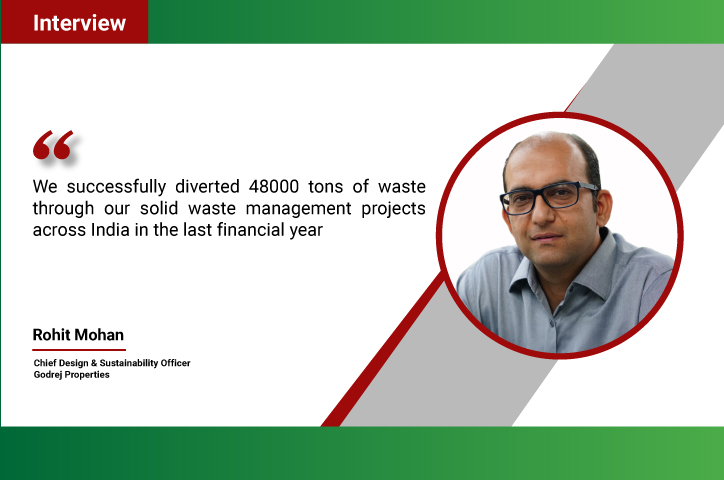
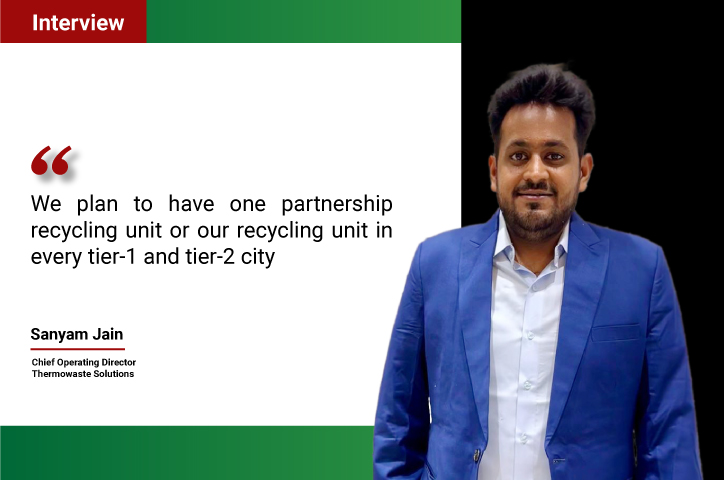
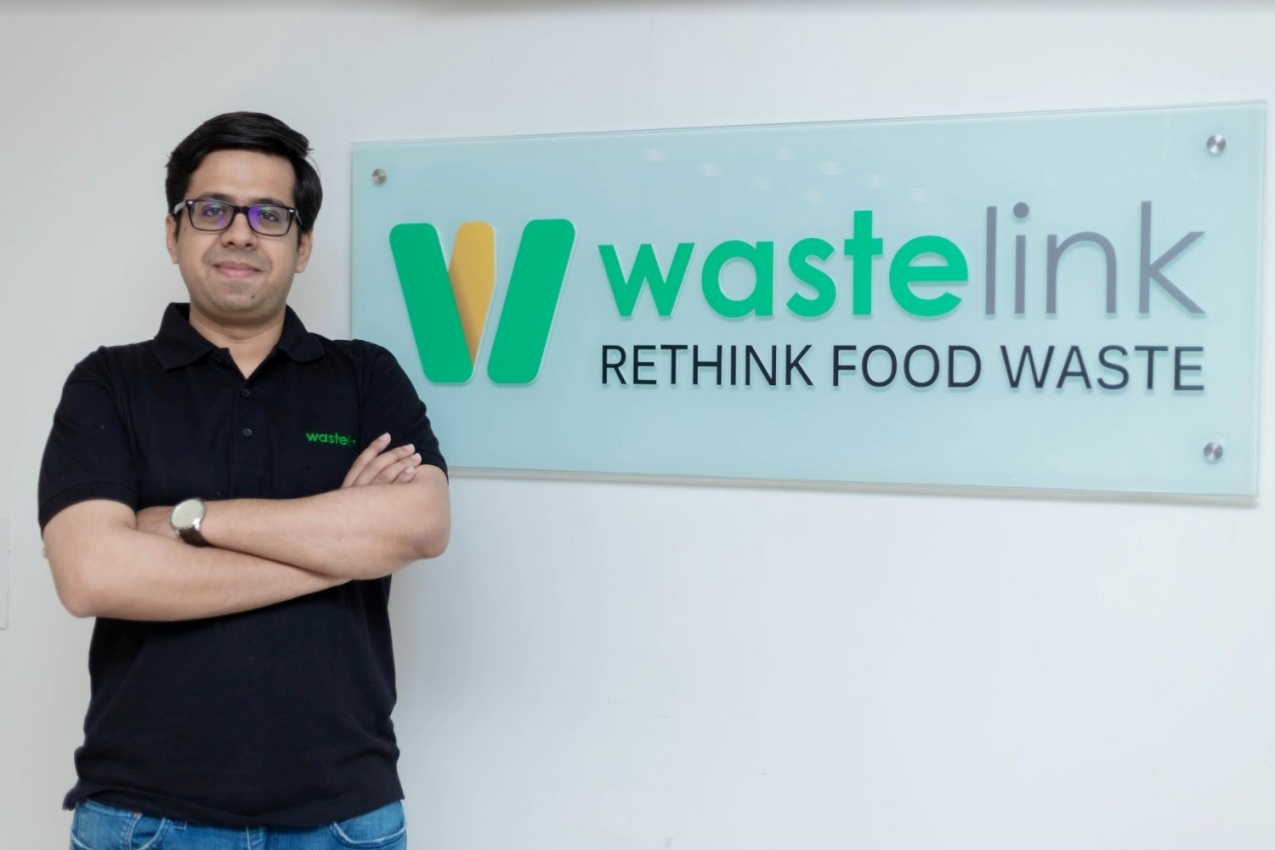
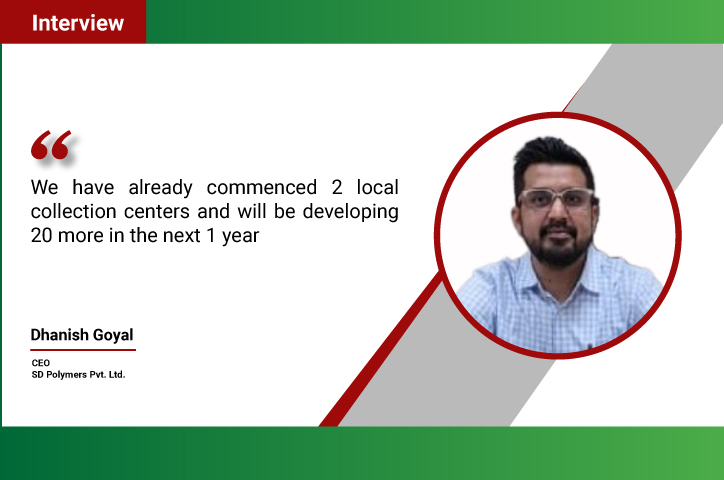
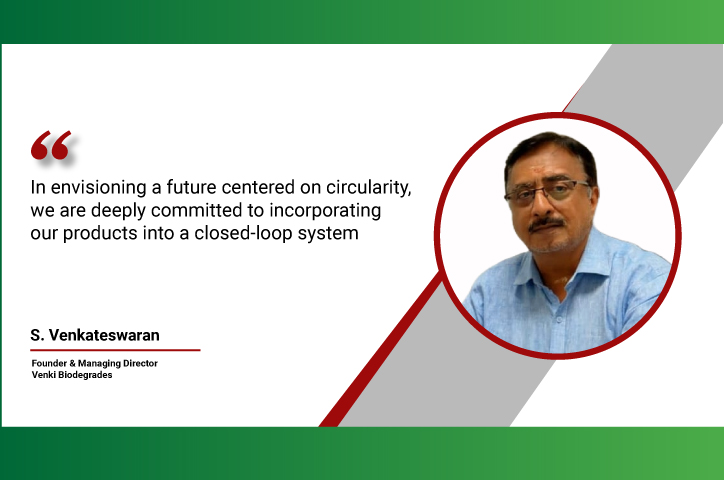
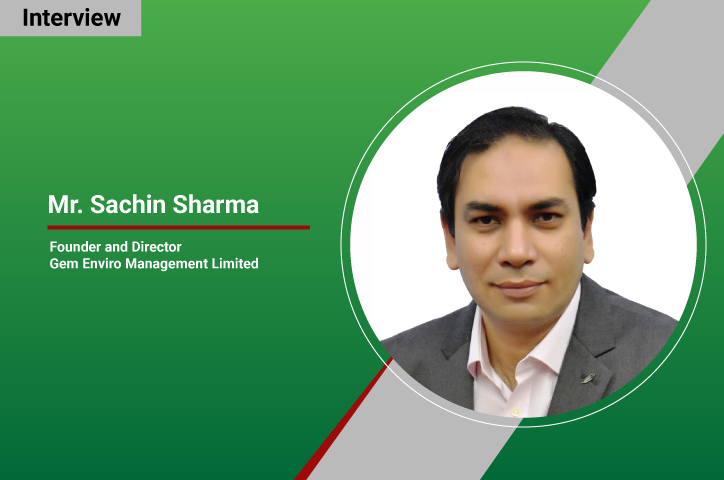
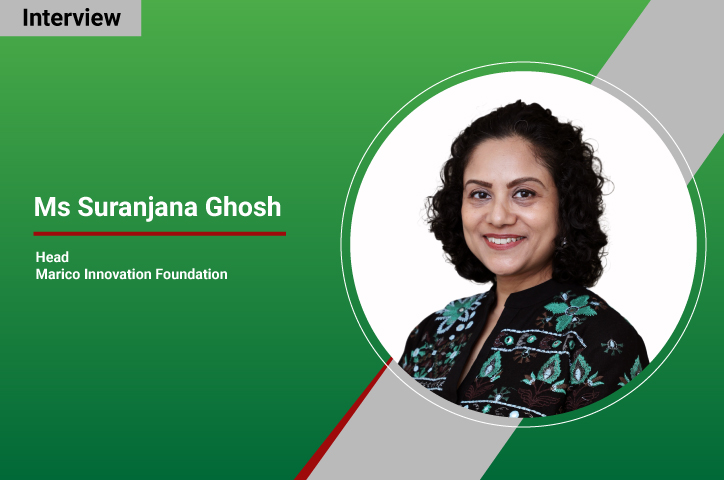

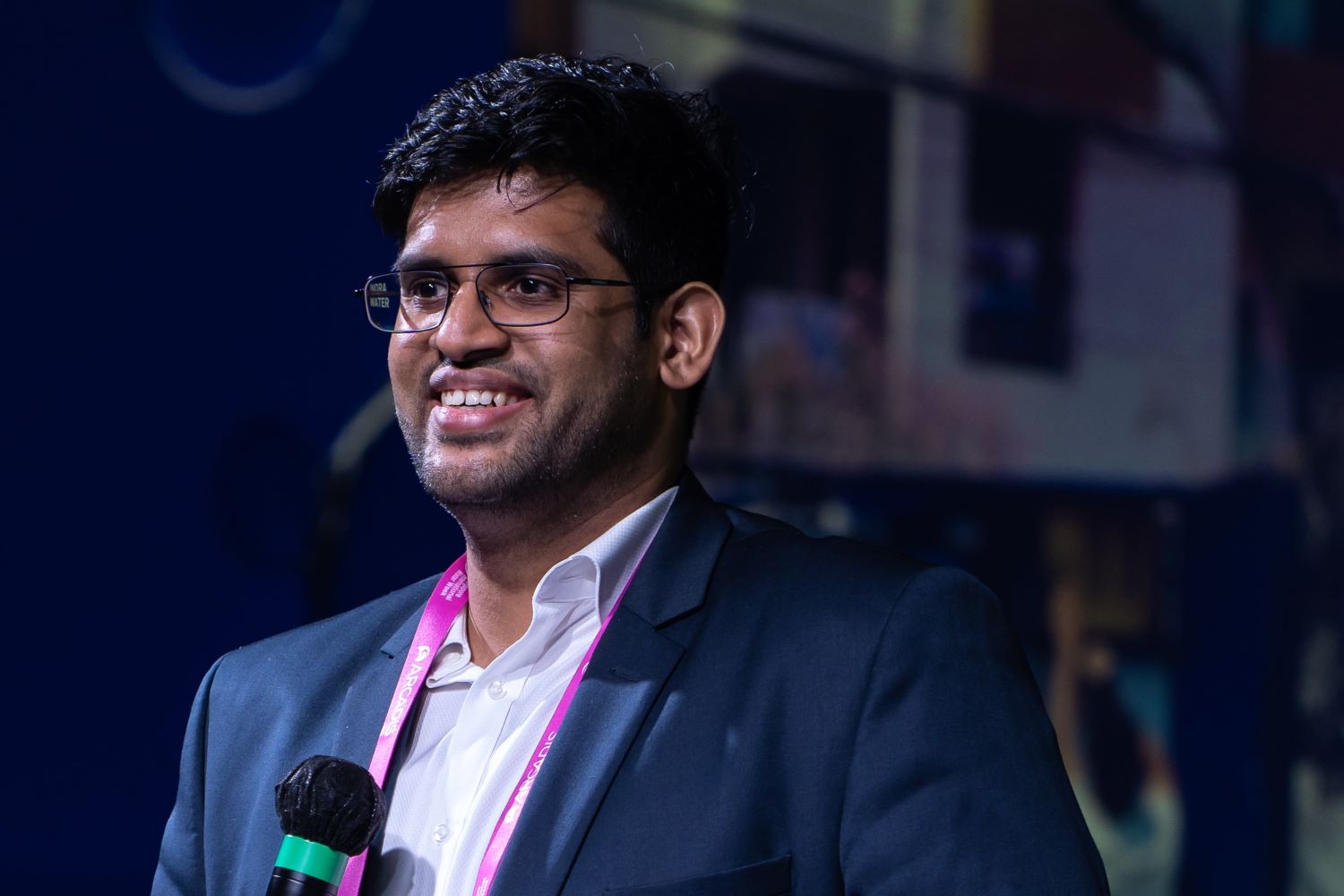
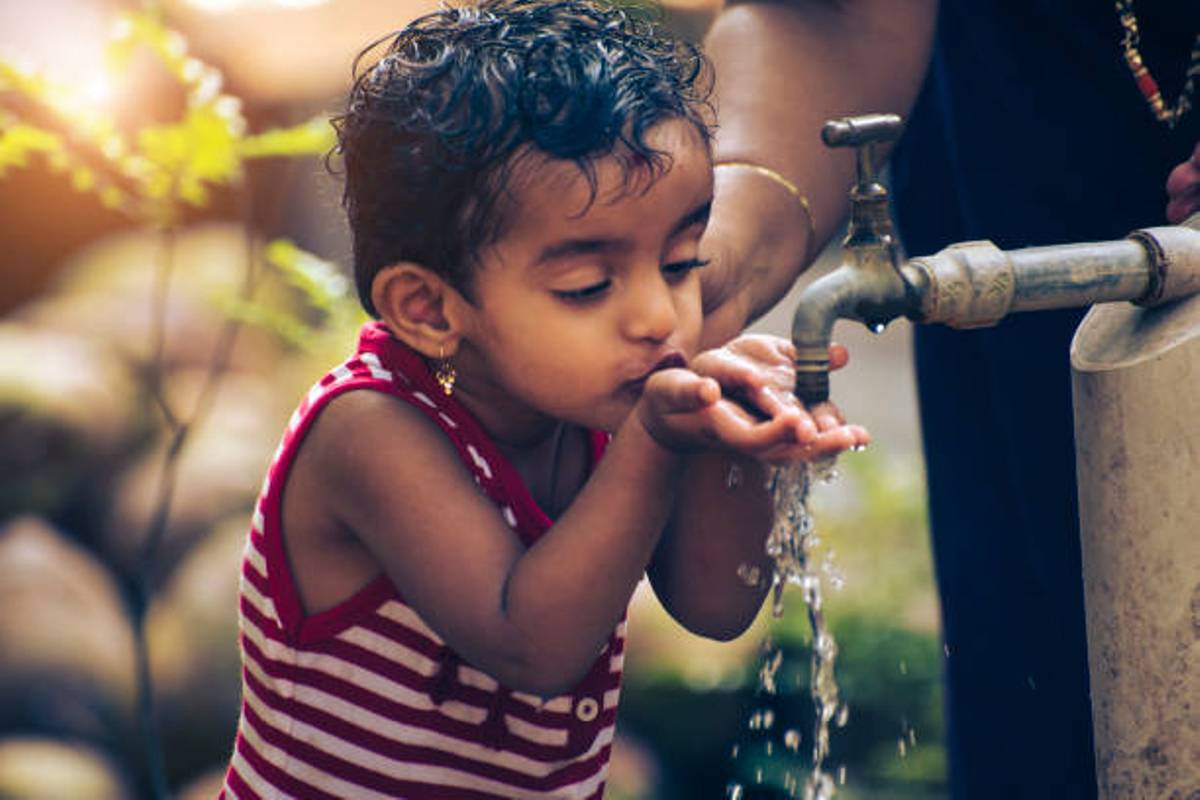
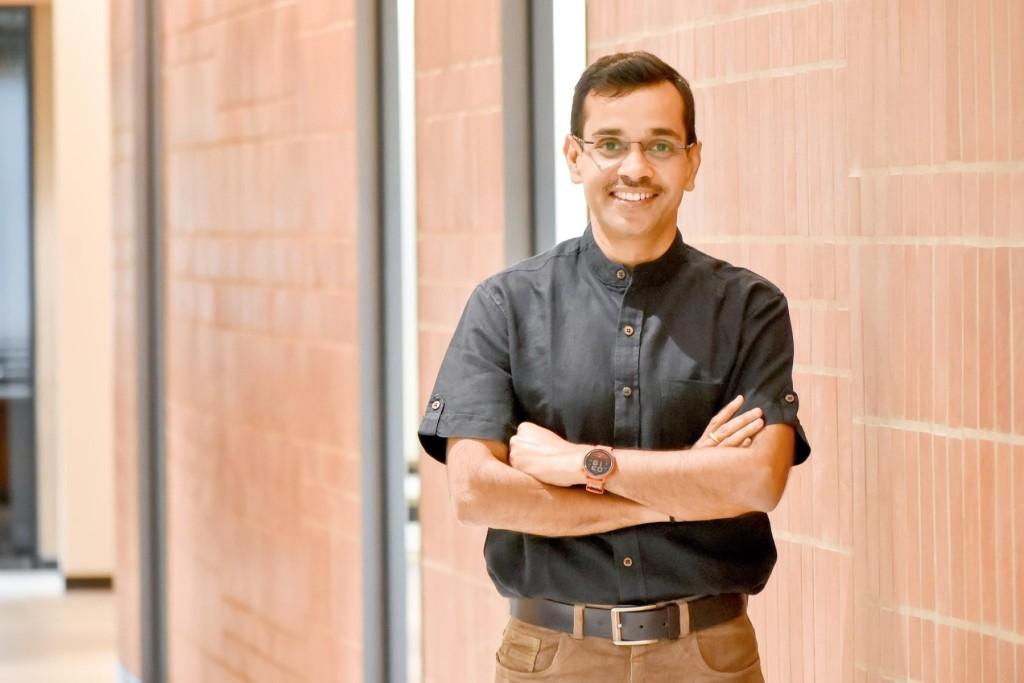

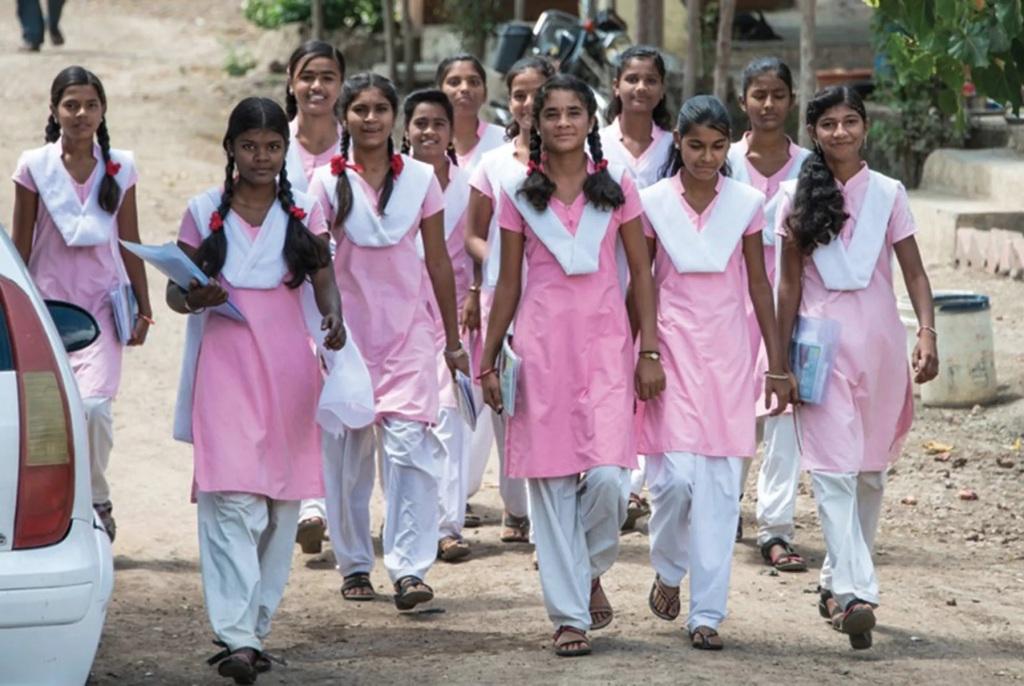

.jpg)




